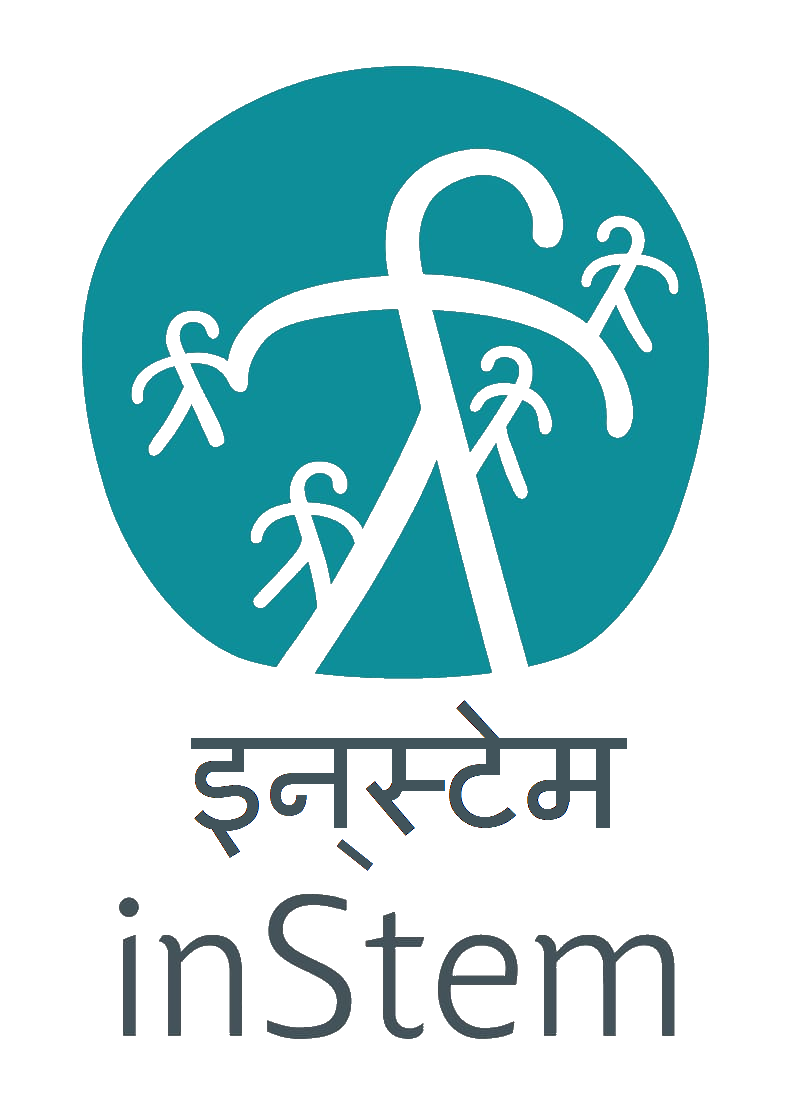VEGFA Promoter Polymorphisms rs699947 and rs35569394 Are Associated With the Risk of Anterior Cruciate Ligament Ruptures Among Indian Athletes: A Cross-sectional Study.
| Title | VEGFA Promoter Polymorphisms rs699947 and rs35569394 Are Associated With the Risk of Anterior Cruciate Ligament Ruptures Among Indian Athletes: A Cross-sectional Study. |
| Publication Type | Journal Article |
| Year of Publication | 2020 |
| Authors | Shukla M, Gupta R, Pandey V, Rochette J, Dhandapany PS, Tiwari PKumar, Amrathlal RSingh |
| Journal | Orthop J Sports Med |
| Volume | 8 |
| Issue | 12 |
| Pagination | 2325967120964472 |
| Date Published | 2020 Dec |
| ISSN | 2325-9671 |
| Abstract | Background: Associations of genetic variants within certain fibril-forming genes have previously been observed with anterior cruciate ligament (ACL) injuries. Evidence suggests a significant role of angiogenesis-associated cytokines in remodeling the ligament fibril matrix after mechanical loading and maintaining structural and functional integrity of the ligament. Functional polymorphisms within the vascular endothelial growth factor A (VEGFA) gene have emerged as plausible candidates owing to their role in the regulation of angiogenic responses. Hypothesis: VEGFA promoter polymorphisms rs699947 and rs35569394 are associated with ACL injury risk among athletes. Study Design: Cross-sectional study; Level of evidence, 3. Methods: A total of 90 Indian athletes with radiologically confirmed or surgically proven isolated ACL tears and 76 matched-control athletes were selected for the present cross-sectional genetic association study. Oral mouthwash samples were collected from all the case and control athletes and genotyped for VEGFA rs699947 and rs35569394 using the polymerase chain reaction-restriction fragment length polymorphism (PCR-RFLP) method. Results: The A allele (rs699947) was significantly overrepresented in the ACL group (C vs A allele: odds ratio [OR], 1.68 [95% CI, 1.08-2.60]; = .021) (CC vs CA + AA: OR, 2.69 [95% CI, 1.37-5.26]; = .004). There was a greater frequency of the AA genotype in the ACL group in comparison with the control group (OR, 3.38 [95% CI, 1.23-9.28]; = .016) when only male athletes were compared. Likewise, there was a greater frequency of the I allele (rs35569394) in the ACL group (D vs I allele: OR, 1.64 [95% CI, 1.06-2.55]; = .025) (DD vs ID + II: OR, 2.61 [95% CI, 1.31-5.21]; = .006). The A-I haplotype was overrepresented in the ACL group compared with the control group (OR, 1.68 [95% CI, 1.08-2.60]; χ = 5.320; = .021), and both the polymorphisms were found to be in complete linkage disequilibrium ( = 0.929; logarithm of the odds score = 63.74; D' = 1.0). Female athletes did not show any difference in genotype or allele frequency. Conclusion: This is the first study to investigate the association of VEGFA promoter polymorphisms in ACL tears among Indian athletes. Increased frequencies of the A allele (rs699947) and I allele (rs35569394) were observed in the ACL group. These results suggest that sequence variants in the VEGF gene are associated with ACL injury risk among athletes. Further research with long-term follow-ups measuring VEGF expression levels during recovery is warranted to establish its role in ACL injuries and healing. |
| DOI | 10.1177/2325967120964472 |
| Alternate Journal | Orthop J Sports Med |
| PubMed ID | 33344666 |
| PubMed Central ID | PMC7731703 |


